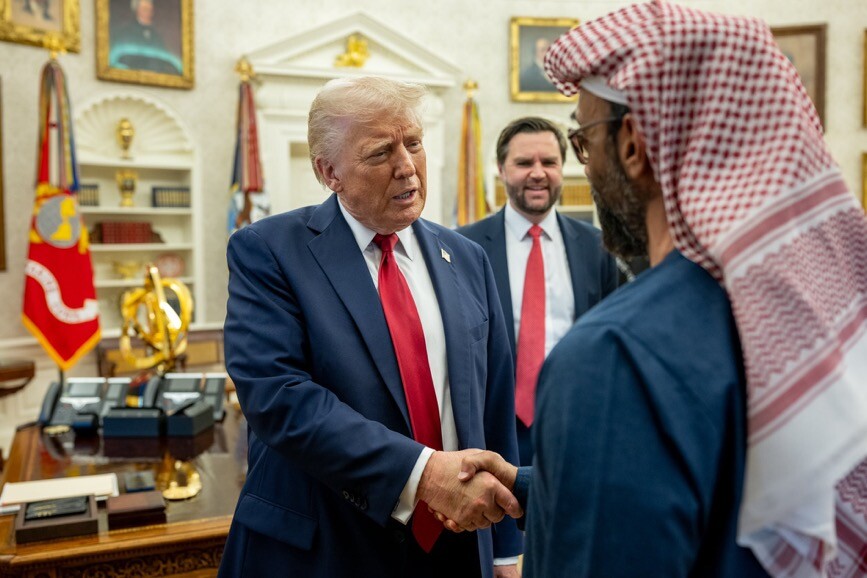UAE Drops $1.4T Bomb on US Markets—Wall Street Bankers Already Counting Commissions
The UAE just placed the ultimate bullish bet on America—a decade-long, $1.4 trillion investment spree. No vague ’partnerships’ here—just cold, hard capital flooding into US infrastructure, tech, and (let’s be real) Treasury bonds.
Why now? Geopolitical hedging meets petrodollar recycling 2.0. The Emirates are diversifying away from oil while locking in influence—Washington won’t say no to money like that.
Wall Street’s reaction? ’We knew all along the UAE was a serious investor’ (translation: scramble to repackage old funds as ’strategic UAE-aligned opportunities’).

 UAE to invest $1.4 trillion in the United States over the next 10 years. pic.twitter.com/ZuuGqAE5T8
— Watcher.Guru (@WatcherGuru) May 15, 2025
UAE to invest $1.4 trillion in the United States over the next 10 years. pic.twitter.com/ZuuGqAE5T8
— Watcher.Guru (@WatcherGuru) May 15, 2025
UAE Deepens US Investment as It Is Expected to Skyrocket Over The Next Decade
Since his return to the WHITE House, US President Donald Trump’s second term has featured some notable highs and lows. He enacted a protectionist America-first tariff plan that plummeted markets. Moreover, he narrowly avoided a trade war with China, which a 90-day import tax pause may not completely alleviate.
However, he has also sought to infuse increased funds into the US economy through foreign investment. The latest of that effort was confirmed Thursday. Indeed, a report notes that the UAE has agreed to invest $1.4 trillion into the US over the next 10 years.

The agreement caps what has been an eventful first foreign trip for the President. This week, he reached a $600 billion strategic investment deal with Saudi Arabia. That had major implications, as it assured the geopolitical commitment of Riyadh against some US adversaries in the BRICS alliance.
Thereafter, he received a $1.2 trillion economic commitment from Qatar. Now, the nation is set to see even more funds received from the UAE in the landmark deal. Moreover, Trump had previously announced a deal with Emirati billionaire Hussain Sajwani. Specifically, he WOULD be set to invest $20 billion into data centers across the United States.
According to the reports, the UAE deal was reached in a meeting on Thursday. Additionally, some of the sectors affected will include gas, chemicals, and energy infrastructure. The MOVE appears to be the latest step in a clear funding plan from the administration.

